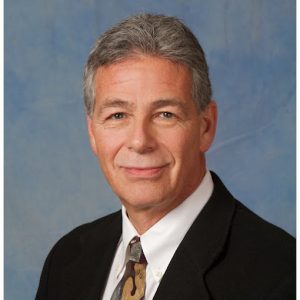By Mallie Jane Kim
Legendary conservationist Jane Goodall added her voice to those asking Gov. Kathy Hochul (D) to sign a bill that would prevent the harvest of horseshoe crabs in New York waters for biomedical or commercial fishing purposes.

“As leaders, we have the unique ability to ensure that vulnerable species like the horseshoe crab, which has been part of our planet’s history for over 350 million years, are protected for future generations,” Goodall wrote in her plea to Hochul.
The Horseshoe Crab Protection Act passed the New York State Assembly and Senate last June, but the governor has yet to sign or veto it. If she does not sign the bill by the end of 2024, the bill is essentially vetoed and would have to go through the legislative process again next year.
Local advocates and environmental groups who sent letters and organized postcard campaigns to motivate Hochul to call up the bill welcomed Goodall bringing her influence to the cause.
“It’s a rare and special event when Dr. Goodall reaches out and requests New York help her in saving our planet’s endangered species,” said Adrienne Esposito, executive director of Farmingdale-based Citizens Campaign for the Environment. “Governor Hochul should heed the wisdom and vision that Dr. Goodall provides and immediately sign this important legislation.”
The pioneering primatologist, who has dedicated her life and career to protecting wildlife and the environment, pointed out in her letter the role horseshoe crabs play in coastal ecosystems as well as the food chain for migratory birds such as red knots.
Horseshoe crabs are considered “living fossils” since they have been around an estimated 450 million years, and they are more closely related to scorpions and spiders than to crustaceans. The species, which is monitored and regulated by the New York State Department of Environmental Conservation and the Atlantic States Marine Fisheries Commission, has seen a steady decline in recent decades.
Environmental advocates worry that since Connecticut and Massachusetts recently enacted stronger protections for horseshoe crabs and other neighboring states are considering rule changes, biomedical agencies may draw their attention to New York waters.
Currently the main harvesters of horseshoe crabs in New York waters are commercial fishermen, who use the animals as bait for eel and conch.
Long Island fisheries and the Long Island Farm Bureau have asked the governor not to sign the bill as written, saying efforts in recent years to sustain the species — including limiting the annual total harvest of horseshoe crabs to 150,000 — need a chance to make a difference. They say the legislation is based on emotion rather than science.
“If [the agencies] felt that the horseshoe crab stock was in danger, we would hear about it first,” said Bonnie Brady, executive director of Montauk-based Long Island Commercial Fishing Association, in a previous conversation with TBR [“The bill has passed in Albany, but awaits governor’s signature,” Sept. 20, 2024]. “To use a law to regulate a fishery, when they are already regulated by appropriate bodies that have the science to back it, is just not the way to allow fisheries to survive.”
Goodall specifically addressed preventing the biomedical uses of horseshoe crabs’ blue blood and asserted that synthetic alternatives mean harvesting the animals is not as necessary for research and vaccine development.
In her letter to Hochul, she appealed to a “shared sense of responsibility” for the natural world.
“I have devoted my life to preserving the planet,” Goodall wrote. “I hope together, we can make a lasting difference in this important corner of the world.”



















